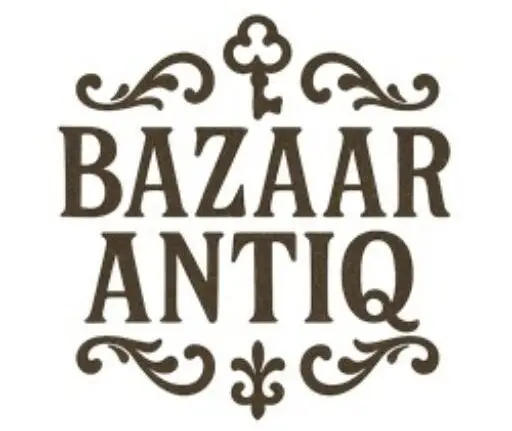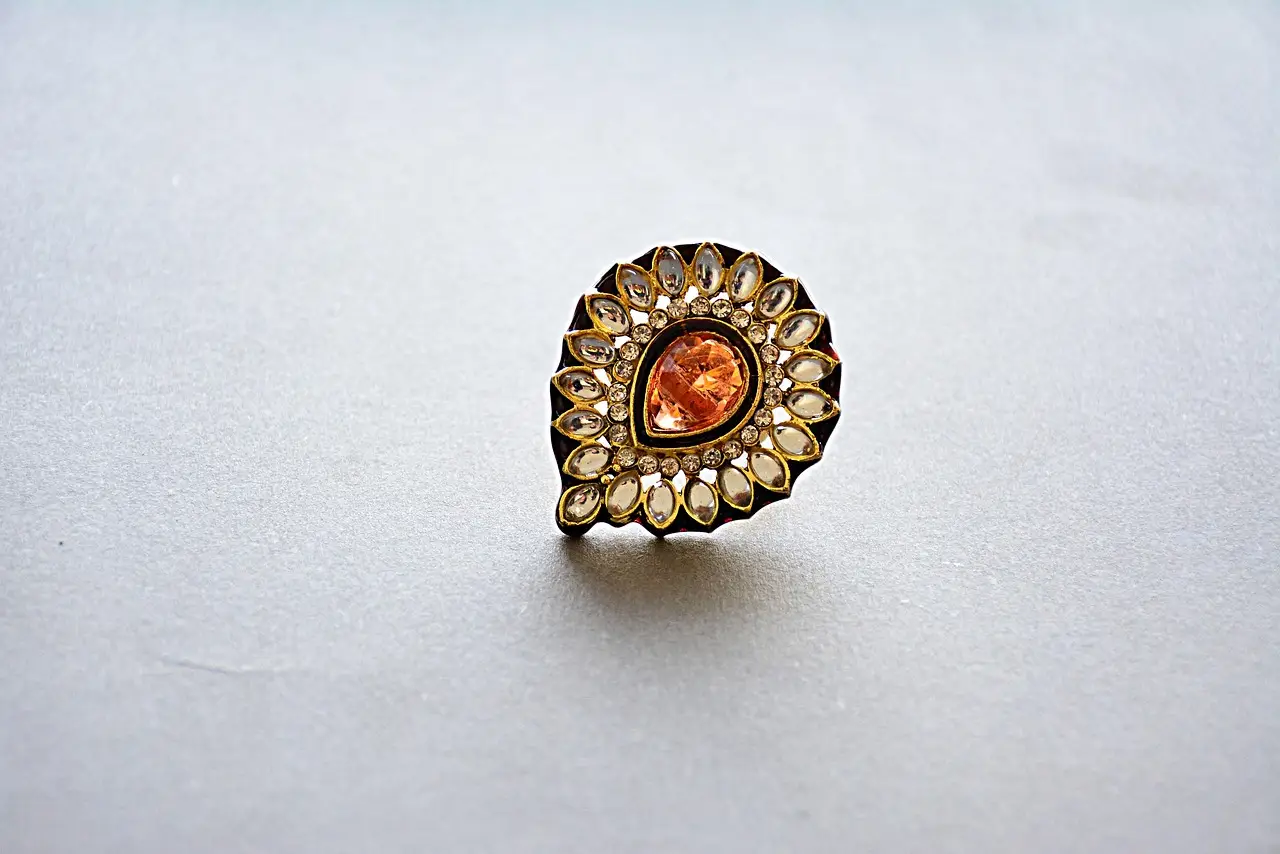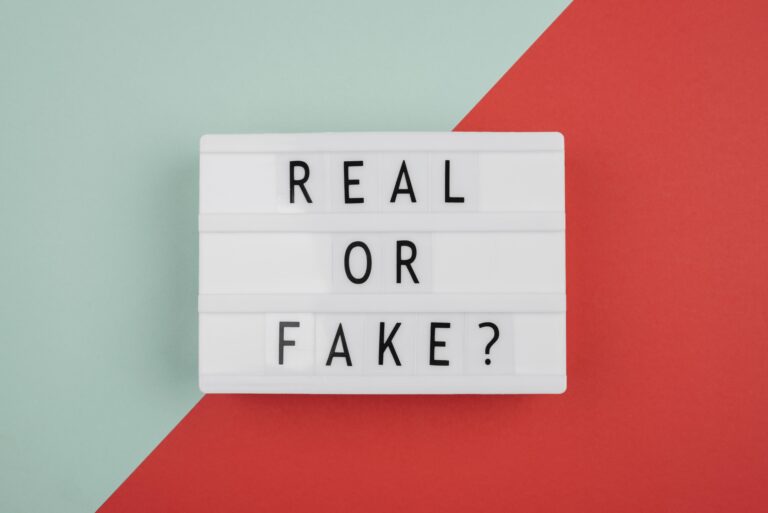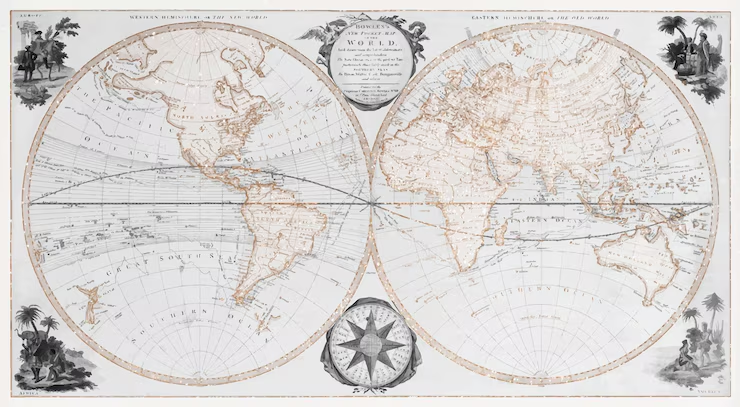The Cultural Significance of Victorian Jewelry
Introduction
Victorian jewelry (1837–1901) is more than just adornment—it’s a window into the social, cultural, and technological shifts of 19th-century Britain. From mourning lockets to vibrant gemstone brooches, these pieces reflect the era’s values and innovations. For collectors on Bazaarantiq.com, understanding this context enhances appreciation and informs buying decisions. This article explores the cultural significance of Victorian jewelry, its defining styles, and tips for collecting authentic pieces.
The Victorian Era: A Time of Change
Queen Victoria’s reign saw rapid industrialization, colonial expansion, and shifting social norms. Jewelry became a medium for expressing personal and societal values:
- Sentimentality: The Romantic period (1837–1860) emphasized love and emotion, leading to intricate lockets and heart-shaped pendants.
- Mourning Culture: After Prince Albert’s death in 1861, mourning jewelry (e.g., jet or hair pieces) became prominent, reflecting Victorian grief rituals.
- Global Influence: The British Empire’s reach brought exotic materials like Indian garnets and Australian opals, fueling eclectic designs.
Key Styles of Victorian Jewelry
Each phase of the Victorian era produced distinct jewelry styles:
Romantic Period (1837–1860)
- Characteristics: Delicate gold filigree, seed pearls, and pastel gemstones like amethyst. Motifs included flowers, hearts, and serpents (symbolizing eternity).
- Example: A gold locket with a lover’s hair or a miniature portrait, often engraved with romantic inscriptions.
- Cultural Insight: These pieces were often gifts between lovers or family, reflecting personal bonds.
Grand Period (1861–1880)
- Characteristics: Bold designs with large gemstones (e.g., garnets, emeralds) and heavy gold settings. Mourning jewelry, like black jet necklaces, was prevalent.
- Example: A cameo brooch depicting classical figures, worn to signal wealth and refinement.
- Cultural Insight: The focus on mourning reflected Victoria’s prolonged grief, while grand designs showcased industrial wealth.
Aesthetic Period (1880–1901)
- Characteristics: Lighter, artistic designs inspired by the Arts and Crafts movement. Enamel, moonstones, and Japanese-inspired motifs were popular.
- Example: A silver pendant with peacock feathers, emphasizing beauty over ostentation.
- Cultural Insight: This period embraced individuality and rejected mass production, aligning with artistic rebellion.
Materials and Techniques
Victorian jewelers pioneered techniques that defined the era:
- Jet and Hair: Whitby jet was a staple for mourning jewelry, while woven hair was used in lockets and rings to commemorate loved ones.
- Gemstones: Advances in mining brought affordable gems like opals and turquoise, often cut en cabochon for a soft glow.
- Gold Work: Electroplating and rolled gold made jewelry accessible to the middle class, while high-karat gold remained elite.
Fun Fact: The discovery of diamonds in South Africa (1867) sparked a diamond boom, making pieces like cluster rings iconic.
Collecting Victorian Jewelry Today
For collectors on Bazaarantiq.com, Victorian jewelry offers timeless appeal. Here’s how to start:
- Authenticate Materials: Genuine jet is lightweight and warm to the touch, unlike plastic imitations. Test hair jewelry for authenticity by checking for natural texture under a magnifying glass.
- Check Hallmarks: British gold and silver pieces often bear hallmarks (e.g., a lion for sterling silver). Use a hallmark guide to verify age and origin.
- Condition Matters: Look for intact clasps and minimal wear. Restored pieces are less valuable, so ask sellers for repair history.
- Provenance Adds Value: Pieces with documented history (e.g., from a notable family or auction) command higher prices.
Where to Find Pieces: Browse Bazaarantiq.com for curated Victorian jewelry, from jet mourning rings to enamel brooches. Always request detailed photos and seller credentials.
Why Victorian Jewelry Resonates
Victorian jewelry captures universal themes—love, loss, and identity—making it relatable today. A locket from 1850 might hold a story of romance, while a jet brooch reflects a family’s grief. These pieces connect collectors to history, offering both aesthetic and emotional value. Plus, their durability ensures they remain wearable heirlooms.
Conclusion
Victorian jewelry is a testament to an era of emotion, innovation, and artistry. By understanding its cultural significance and styles, collectors can make informed choices on Bazaarantiq.com. Whether you’re drawn to a mourning ring or a colorful cameo, each piece tells a story worth preserving. Start your collection today and explore the rich history of Victorian craftsmanship.
Call to Action: Share your favorite Victorian jewelry find in the comments or browse Bazaarantiq.com for your next treasure!







